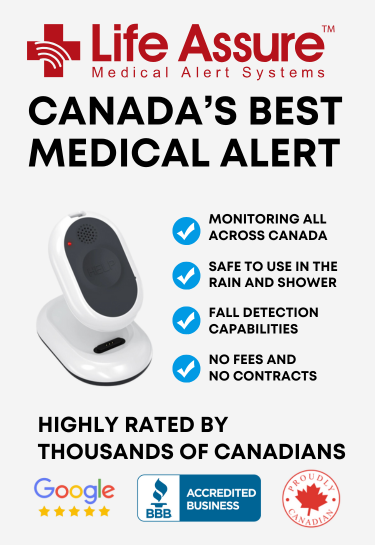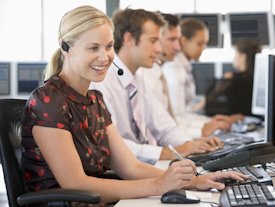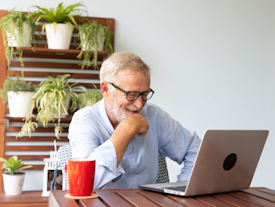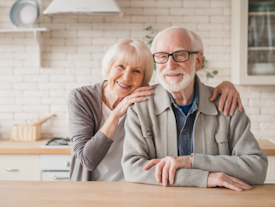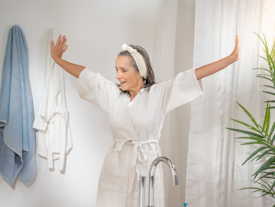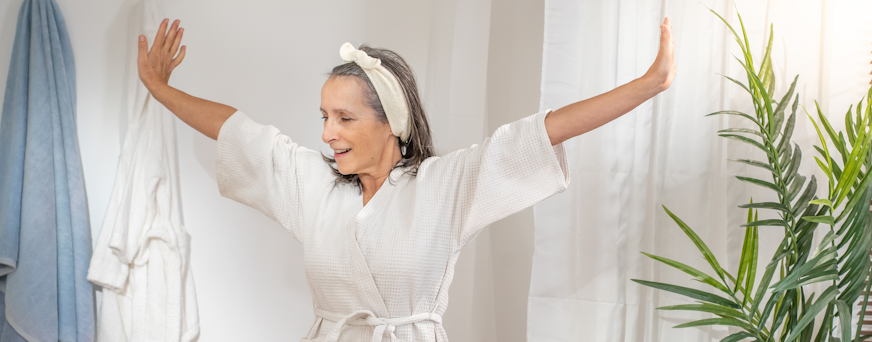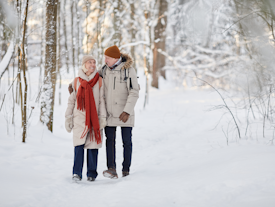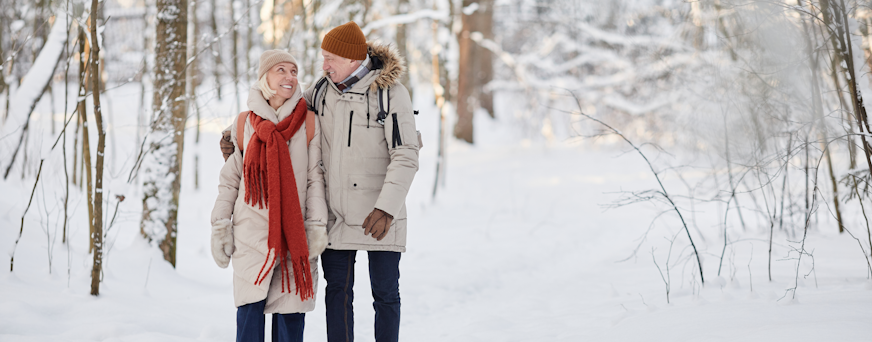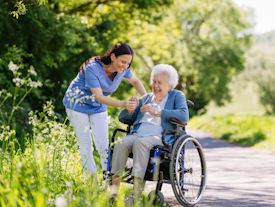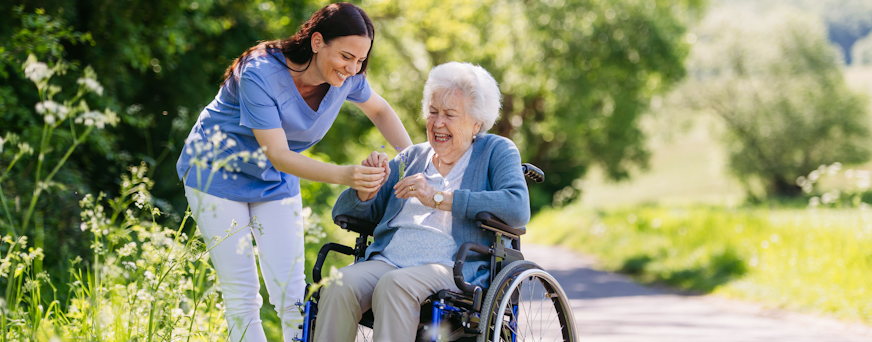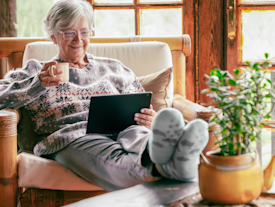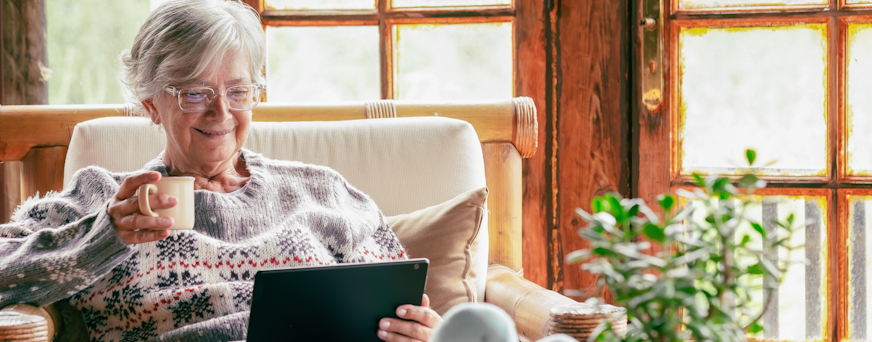Where Do Most Falls Occur In The Home?
Falls are a leading cause of injury and fatalities. They have been a serious threat to senior safety lately. A lot of homes today are not safe enough to prevent falls at various locations.
Understanding where most falls occur in the house can be a great way to prevent the risk of accidents. This can also ensure your safety in the long run. This article explains the places where most falls occur at homes and what you can do about it.
Life Assure Product Quiz
Find The Perfect Medical Alert Device
Take our 30 second quiz and discover which Life Assure medical alert device is the right fit for you or a loved one.
Life Assure Product Quiz
Find The Perfect Medical Alert Device
Take our 30 second quiz and discover which Life Assure medical alert device is the right fit for you or a loved one.
An Overview Of Fall Risks
Falls can happen anytime and anywhere. Some factors, however, can fuel the likelihood of falling down. Age is a significant concern in this regard. Older adults have a high susceptibility to falling down.
This is because they have lower muscle strength, cannot maintain balance, and may even face vision issues. The hazards that remain in their environment further pose a threat. Clutter, poor lighting, and slippery floors add significantly to the risk of falling.
Those with arthritis or diabetes further heighten the risk of falling. Understanding the risks that lie in your home and removing them are important steps to take.
High-risk Areas For Falls In The Home

Here are some high-risk areas of the house where most falls occur:
Stairs
Stairs can be the most dangerous area in the house. Not only this, the more steps there are on the staircase, the likelier one is to fall on them. Even poor lighting in the staircase can increase the chances of falling.
Some people overlook the presence of loose carpets on the stairs and sometimes even no railing on the side. To ensure your staircase does not become the reason of severe injuries for you, make sure they are well-lit with staircases on both sides.
Do not allow cluttering of any items on the stairs, either. Try to put non-slip treads that are fastened on both ends. If the stairs are made of ebony or dark wood or are generally darker in color, put bright tape or paint at the edges so those with poor eyesight do not miss steps.
Bathrooms
Bathrooms are the second-most dangerous place for falls in the house. It is a high-risk area because of the presence of water and slippery floors. Wet floor tiles, bathtubs, and showers are quite hazardous.
To not let yourself become a victim of falls in the bathroom, cover the floor with non-slip mats outside and inside the area. Grab bars in the bathing area can help with extra support for elderly folk.
The bathroom shall always be well-lit at all times and should not have water spills. Installing a shower chair and handheld shower shall also go a long way in preventing falls while providing extra support.
Kitchens
The kitchen contains a combination of aspects that can lead to a fall. The wet surface on the floor and counters can significantly pose a threat. There are also a lot of sharp objects and overheated appliances that can add to the problem of falls.
Spills from food or drinks can create slippery areas in the kitchen. In the moment of carelessness, these may be overlooked and cause someone to fall over. It is important to keep the floors of the kitchen dried up at all times.
Ensure there are no spills, especially in the corner areas. Install non-slip rugs that are easy to clean so there are no chances of falls.
Living Rooms
Living rooms seem like they hold lesser risk than others, but they are full of tripping hazards. Most falls occur in the above-mentioned areas, but living areas are not as safe as you may think. Loose rugs, electrical cords, and other clutter can greatly increase fall risk.
To make sure your leisurely living room remains a safe place to be in, do not compromise on some preventive activities. Install rugs with non-slip pads underneath to maintain an aesthetic without compromising on safety.
The walkways of the room need to be free of clutter like blankets, books, and so on. If you need it, rearrange the room's furniture so it becomes more accessible.
Ensure there is a brighter lighting option on the switchboard for evenings. Motion sensor lights can go a long way in automatically turning on when someone's visibility is not compromised.
Bedrooms
Bedrooms are supposed to be the safest room out of all. After all, this is where you sleep and relax! Falls in bedrooms happen when you are getting in or out of bed.
They also happen when you move around in the dark. The rugs in the room, along with the clothing on the floor, can trip you into a dangerous fall. If you have poor lighting in the room, that, too, is a great concern.
To make your bedroom a safer spot, ensure there are enough nightlights based on the room size installed. These shall be put on the way to the bathroom or other areas of the room. Do not keep clothing and other cluttered items, especially solid in nature, on the floor.
Hallways And Entrances
While considered the safest out of all the remaining areas of the house, hallways, and entrances do not guarantee zero falls. These are not free from poor lighting, clutter, and loose rugs, which are common causes of falls.
It is important to keep these areas lit throughout the day to avoid falls. Only put rugs and carpets with non-slip pads underneath in such areas. If these areas have steps, make sure they are in a good state and well-marked. Motion sensor lighting in such areas can save electricity as well.
Fall Prevention Tips To Know About

Here are some additional fall prevention tips you should know about:
Vision And Hearing Checks
Regular checkups of your vision and hearing can help you avoid falls greatly. Poor vision makes it harder to see if there is clutter on the floor and if there is a staircase nearby. Low hearing can reduce your reaction time when a hazard is nearby.
Regular Exercise
Last but not least, regular exercising goes a long way in preventing falls as well. People with a good exercise routine have better balance and physical coordination.
This is important to maintain stability and prevent falls. Try to walk, swim, and do other workouts more to maintain good health.
Conclusion
It is safe to say most falls occur at home and often in unexpected ways or places. By understanding how various places in the house are prone to such danger, you can take active steps to fall-proof your home.


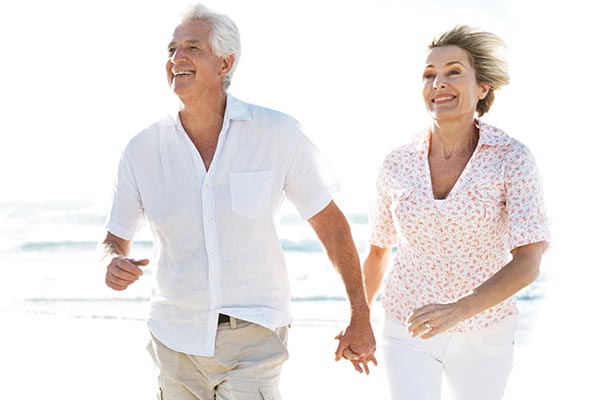
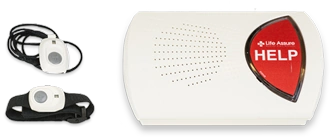

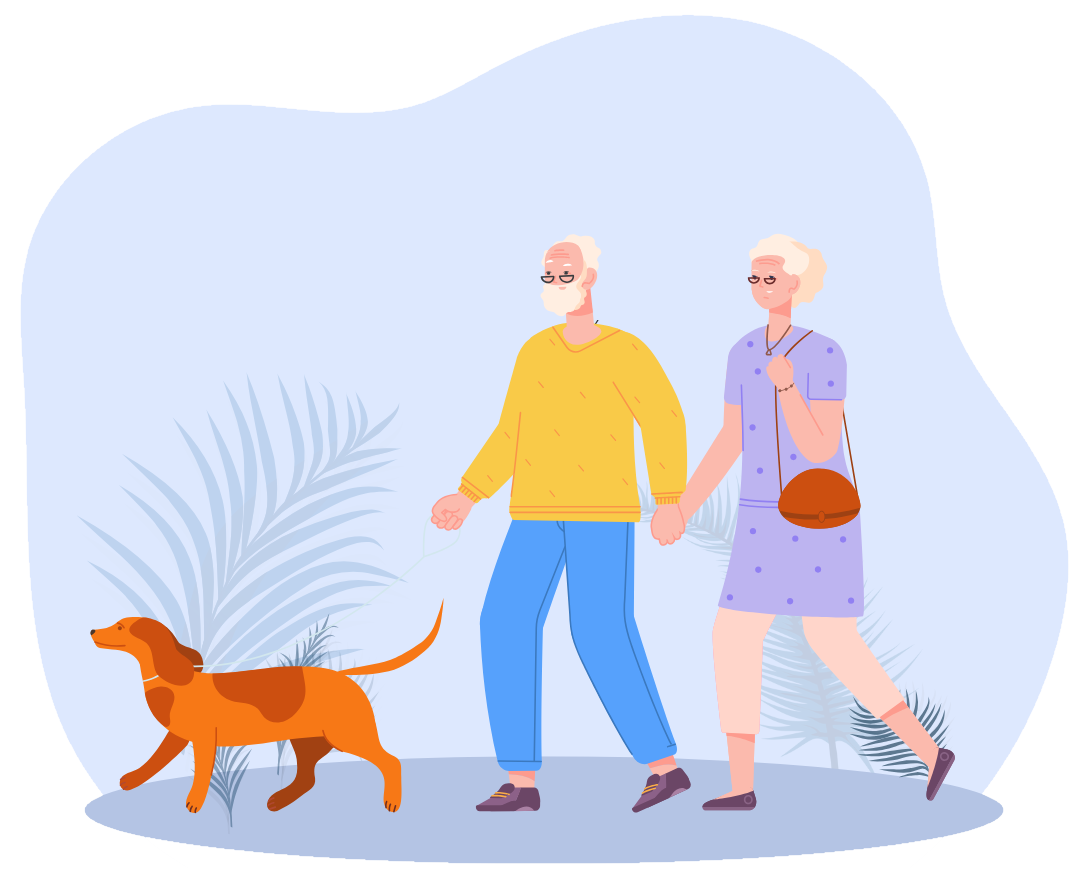
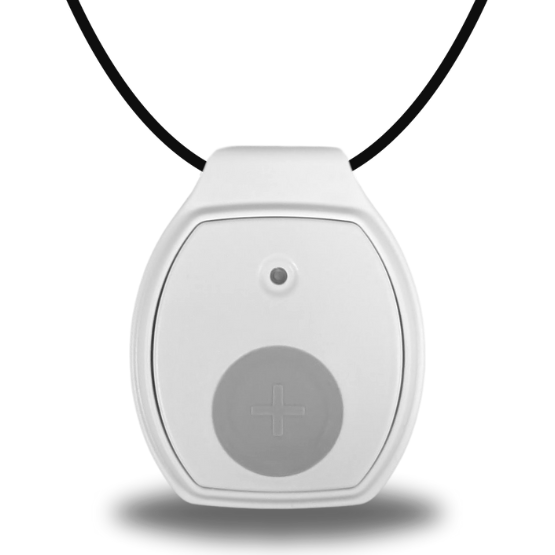


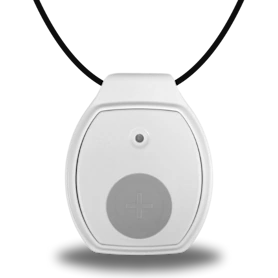
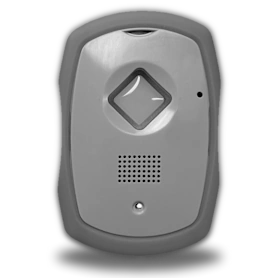
 Get Help With The Push Of A Button
Get Help With The Push Of A Button